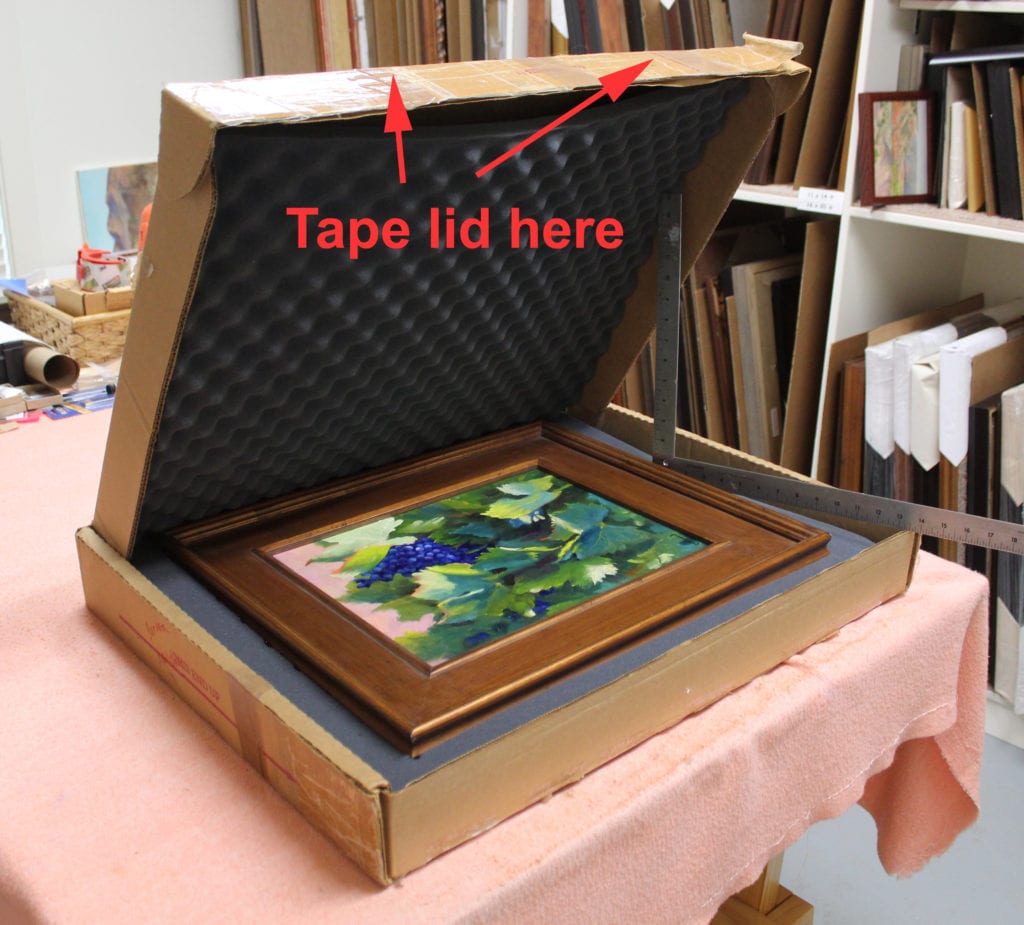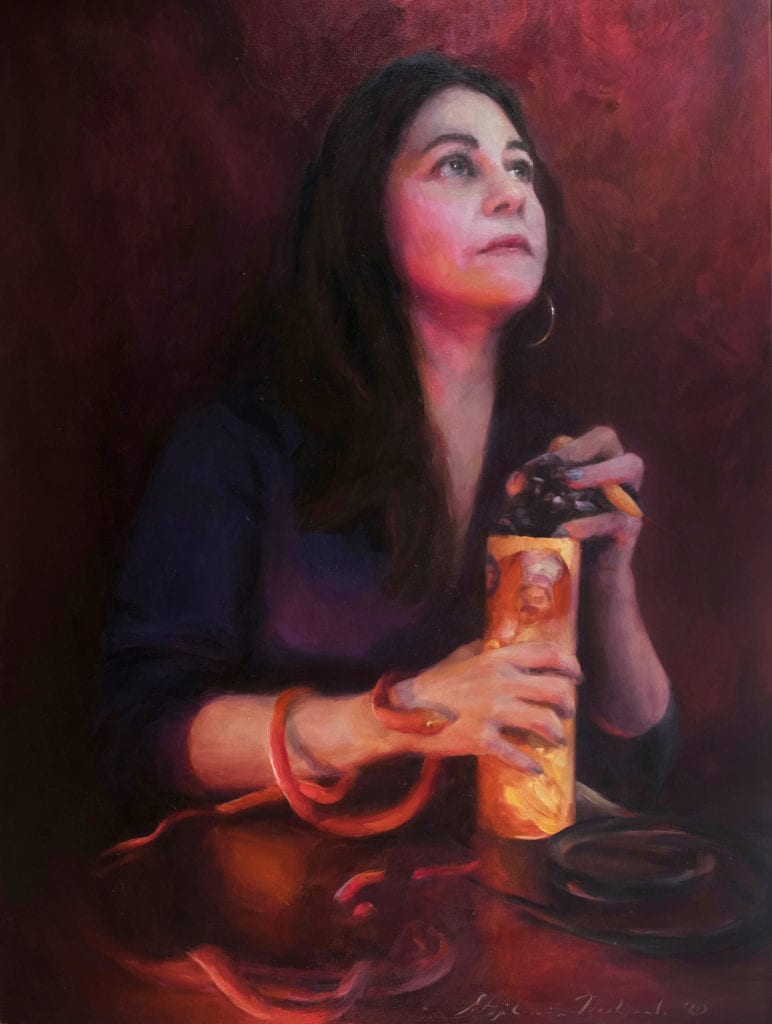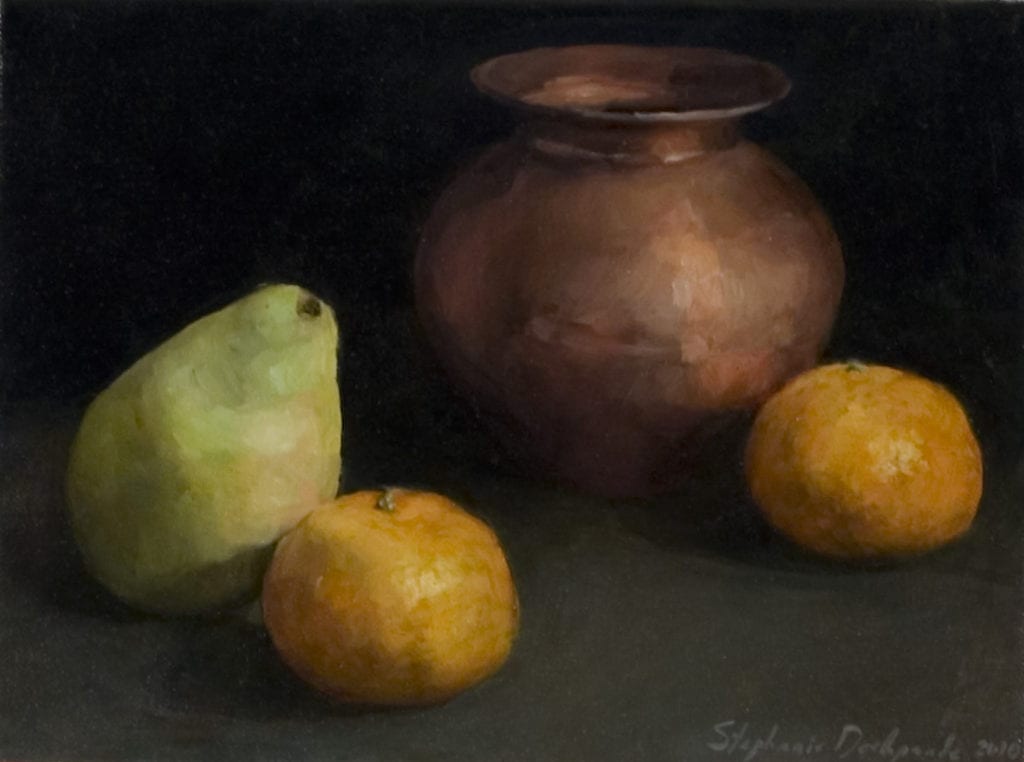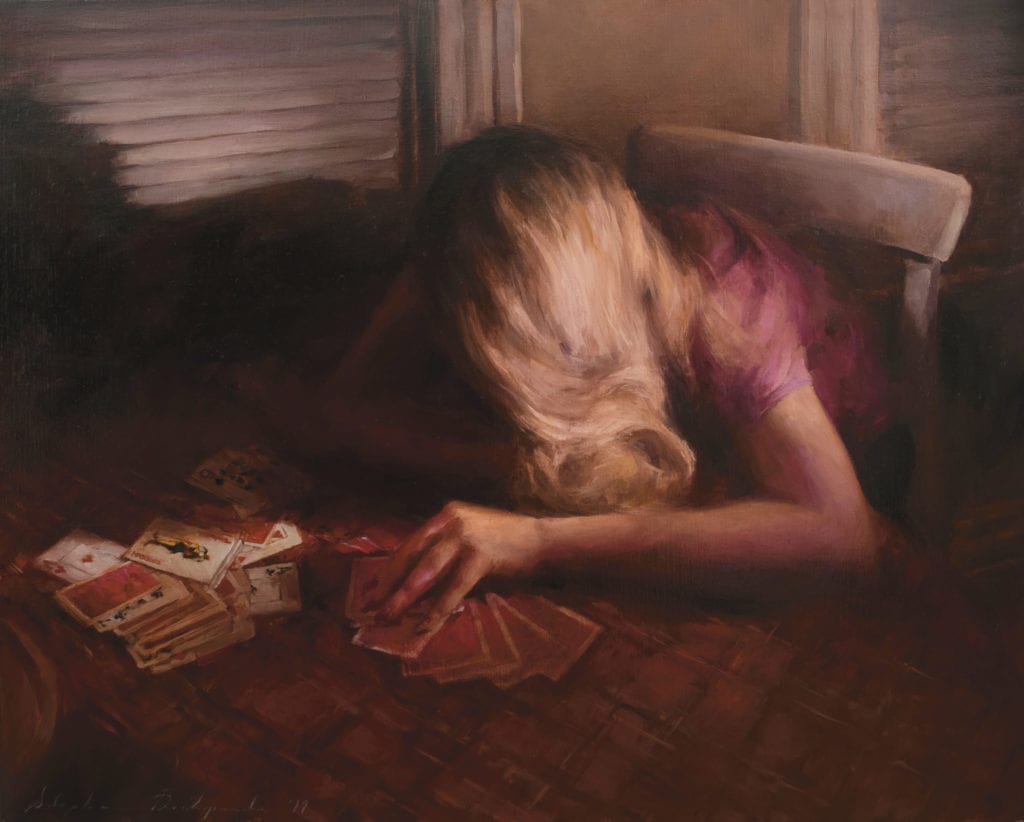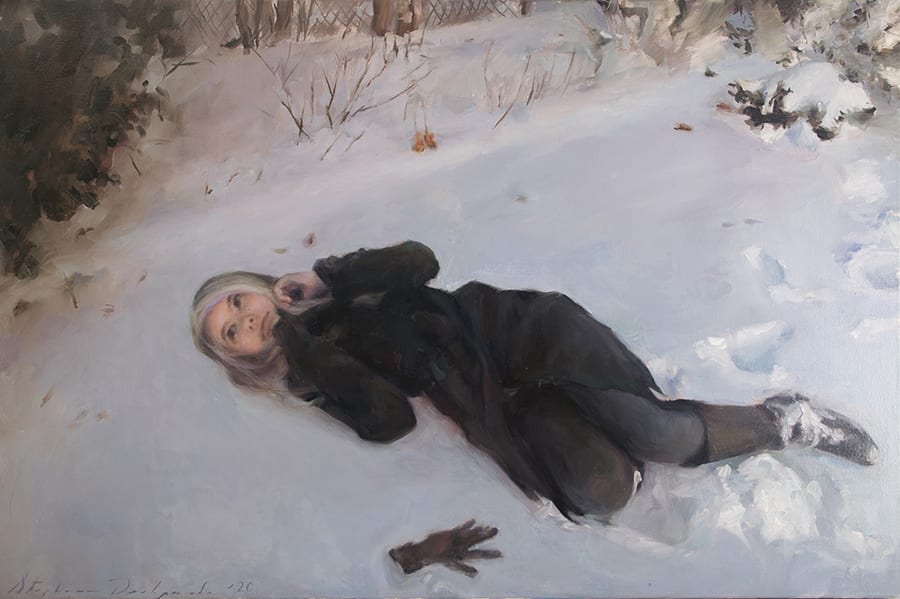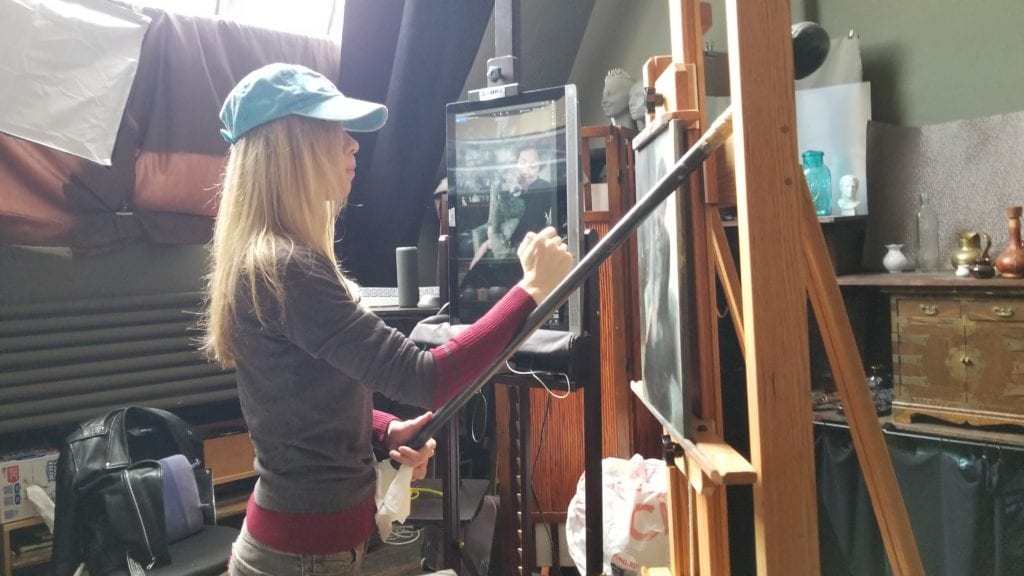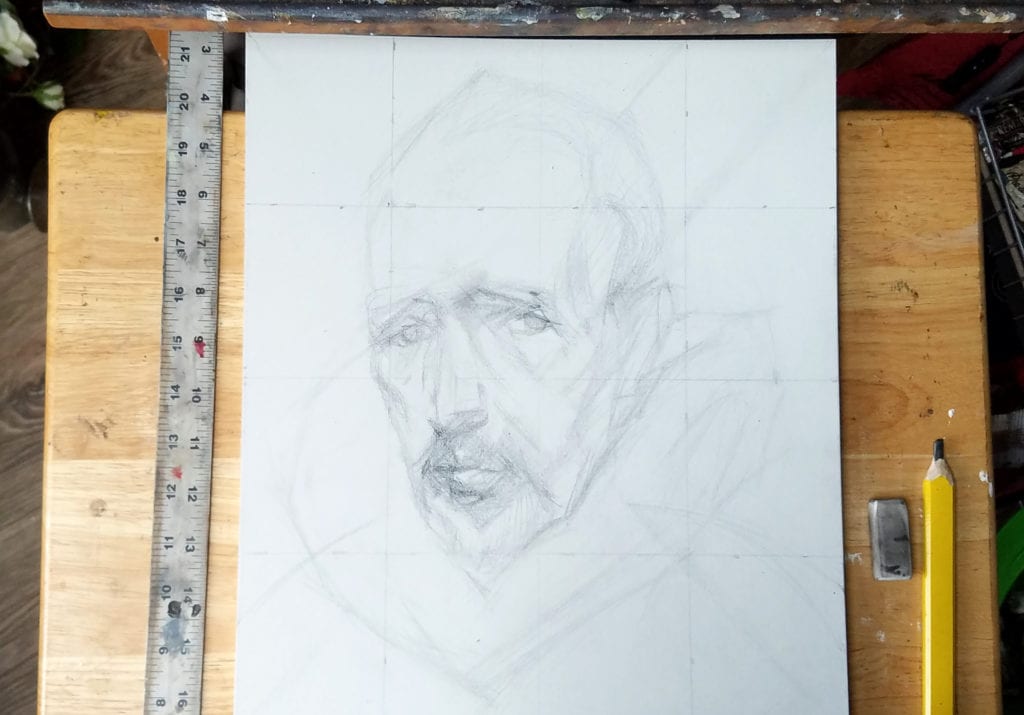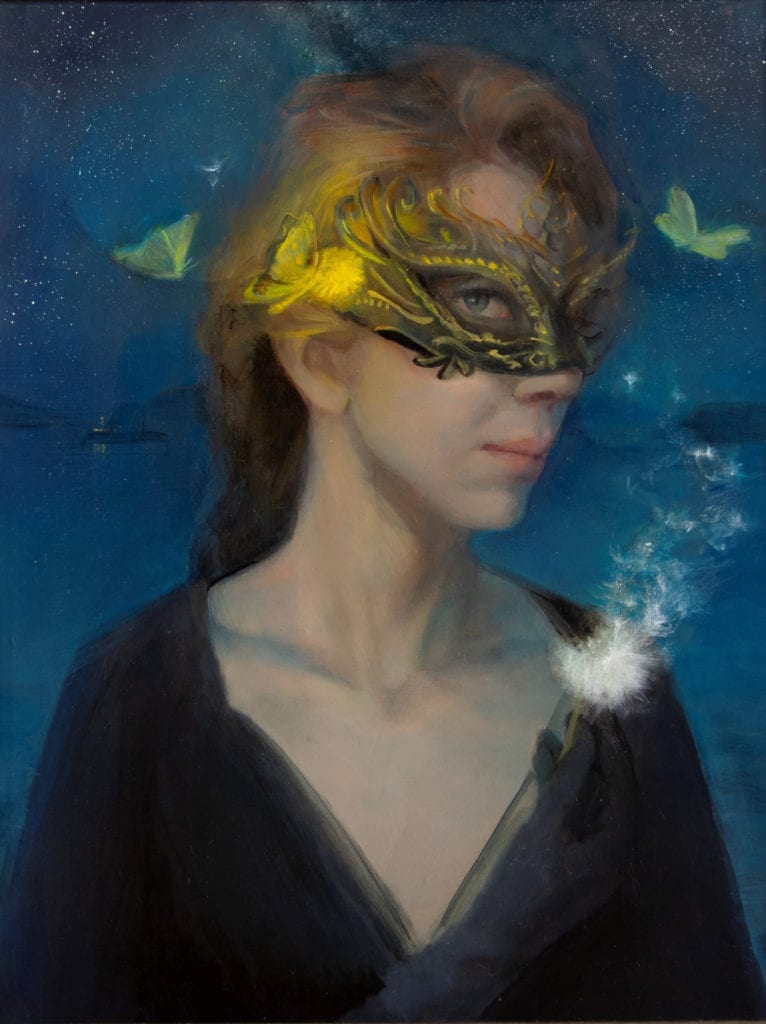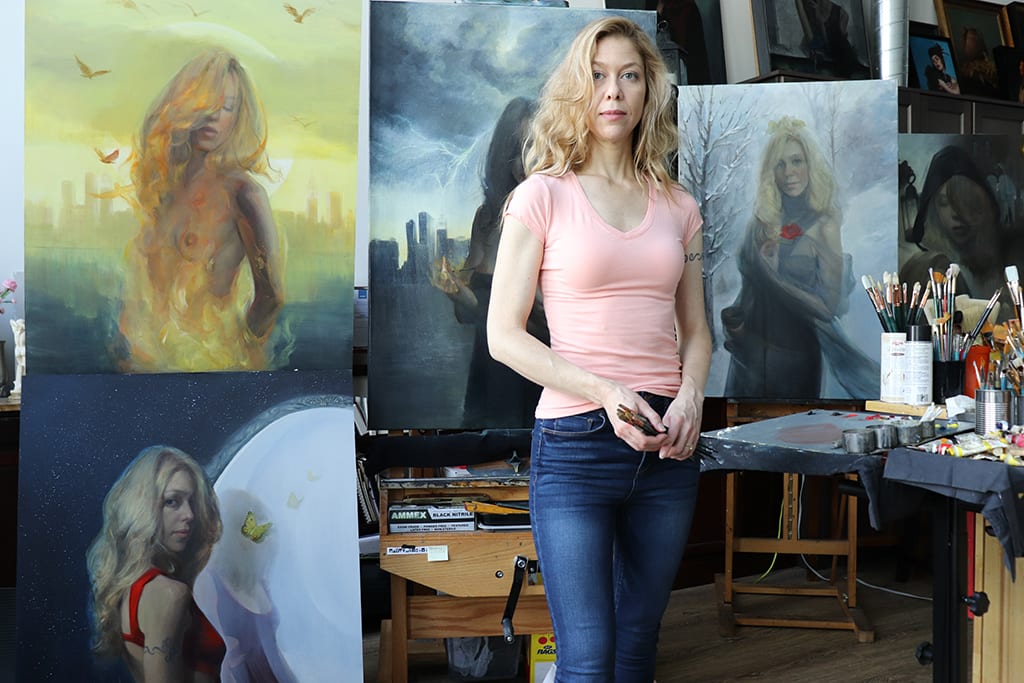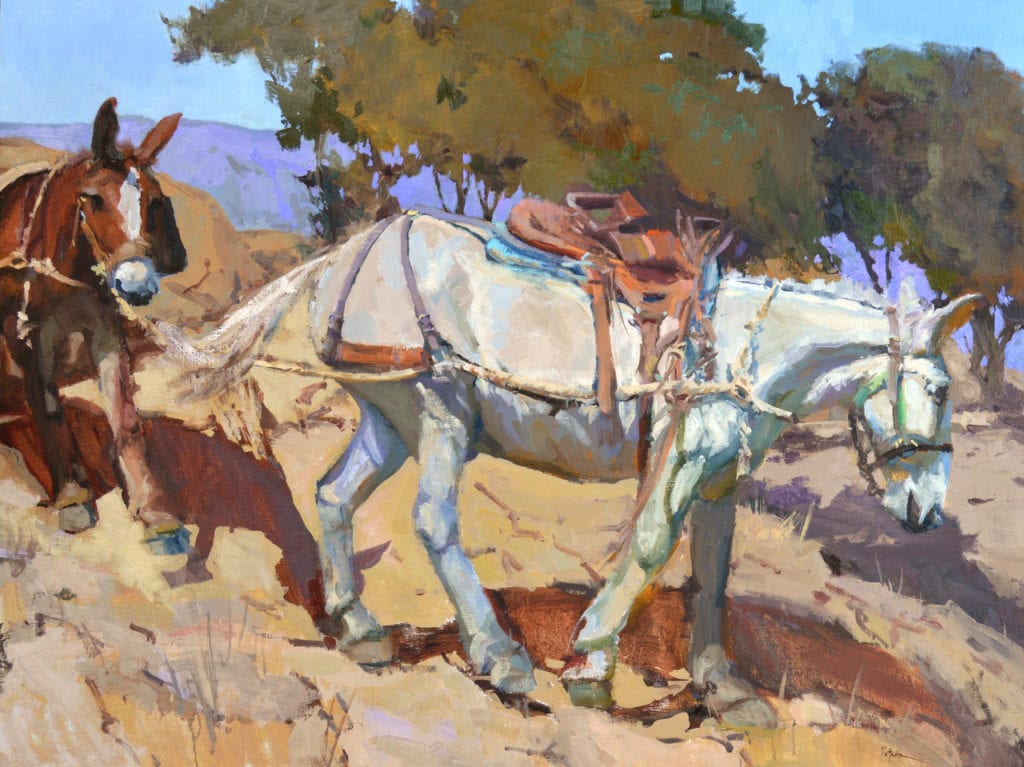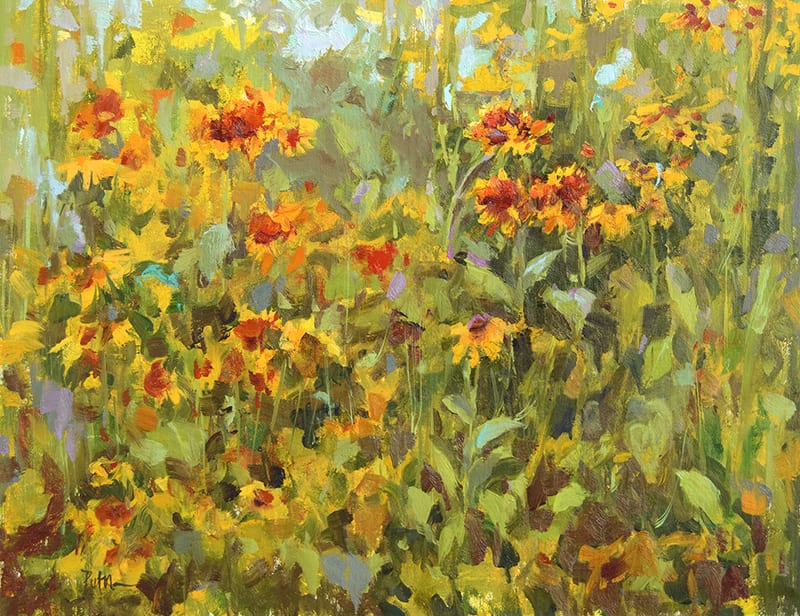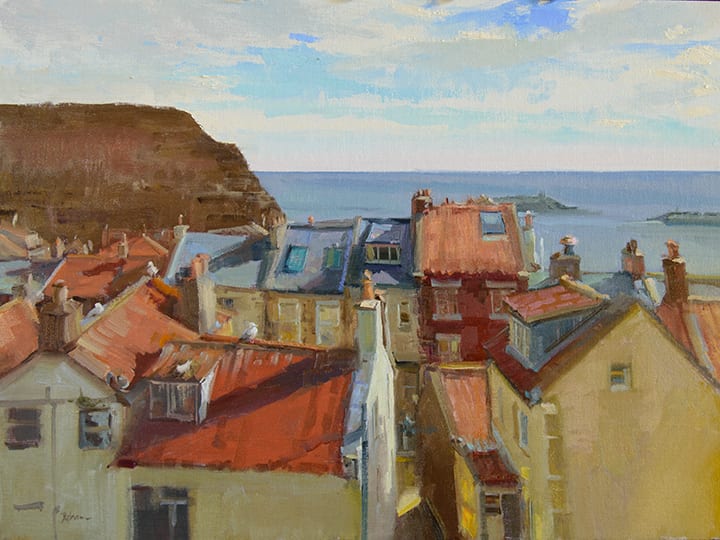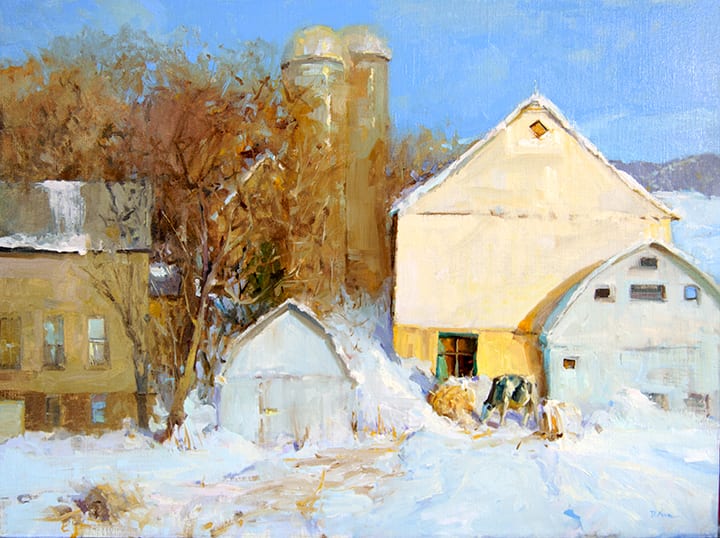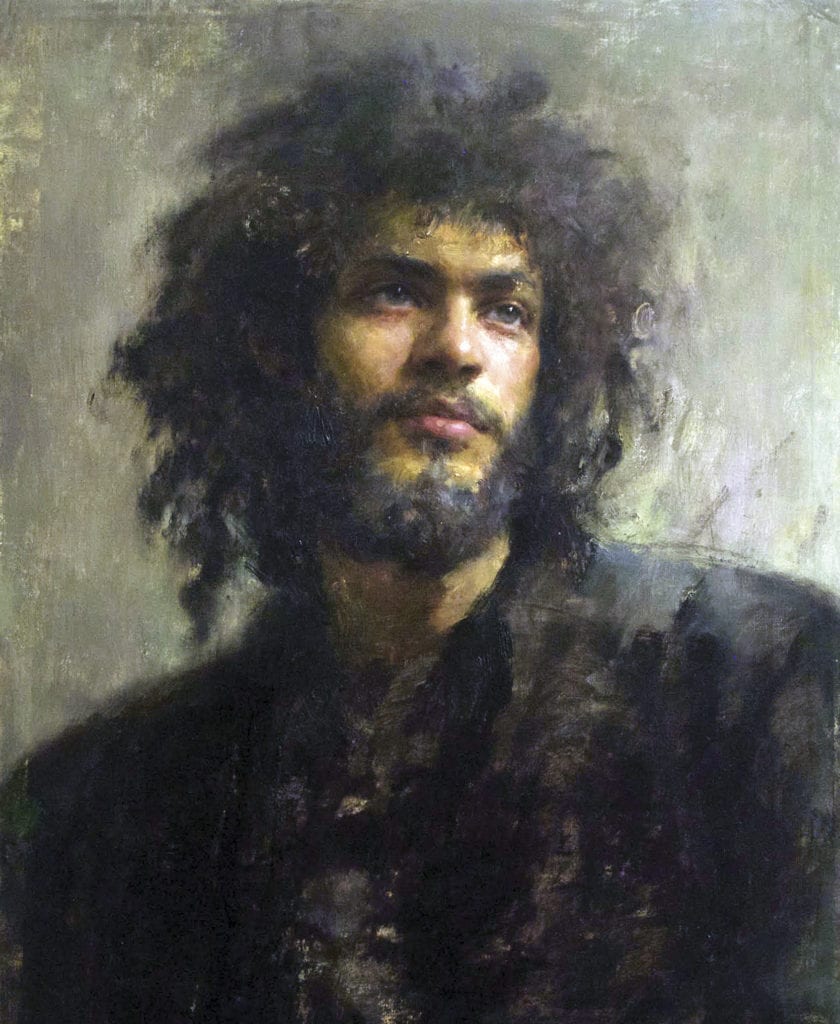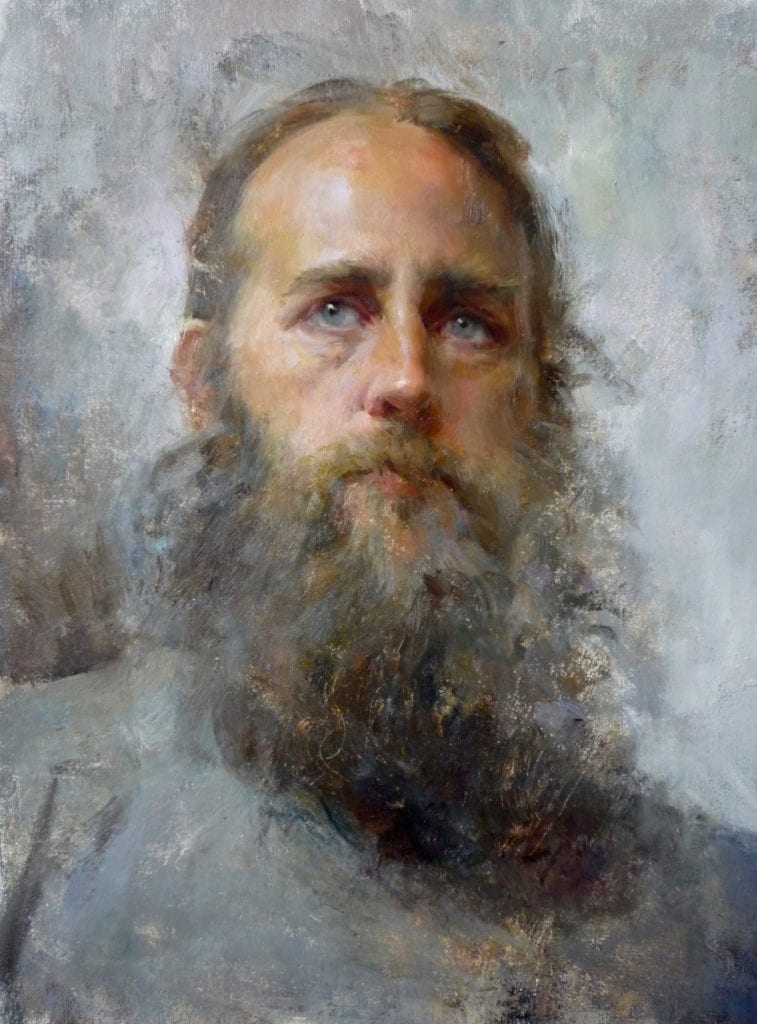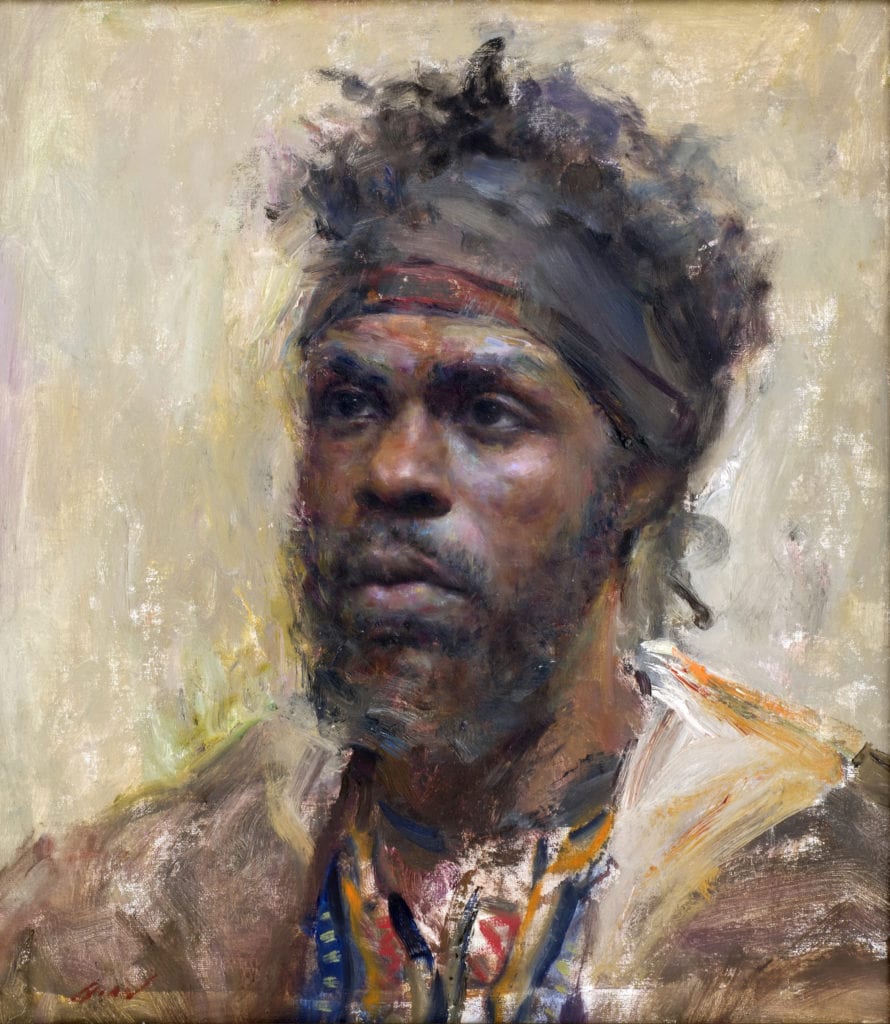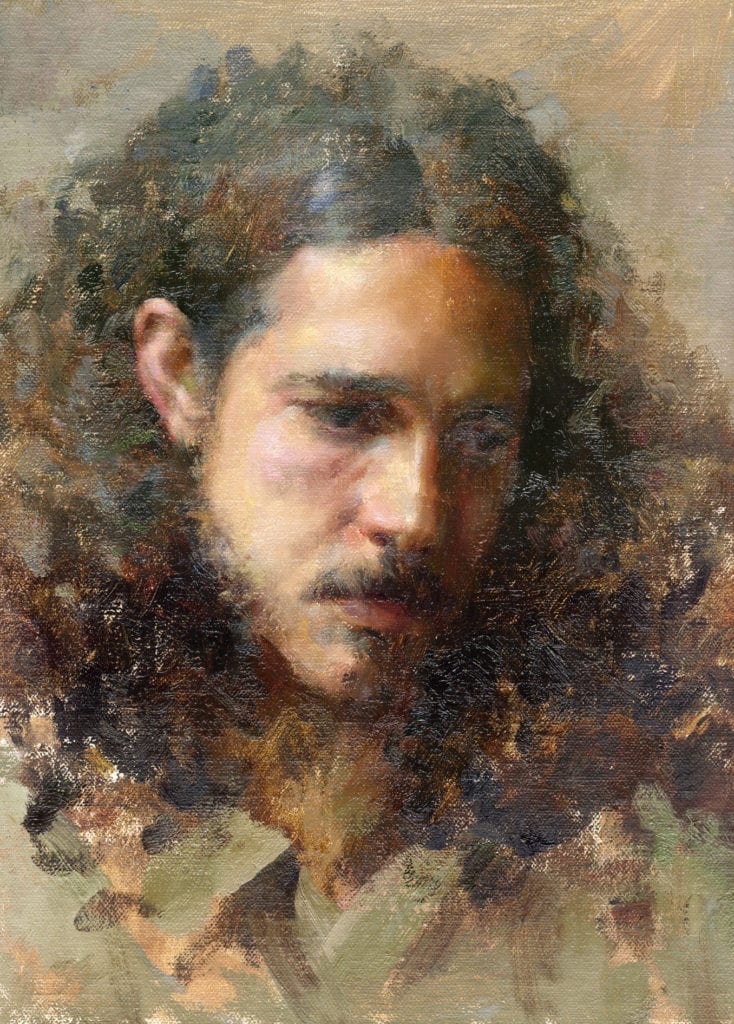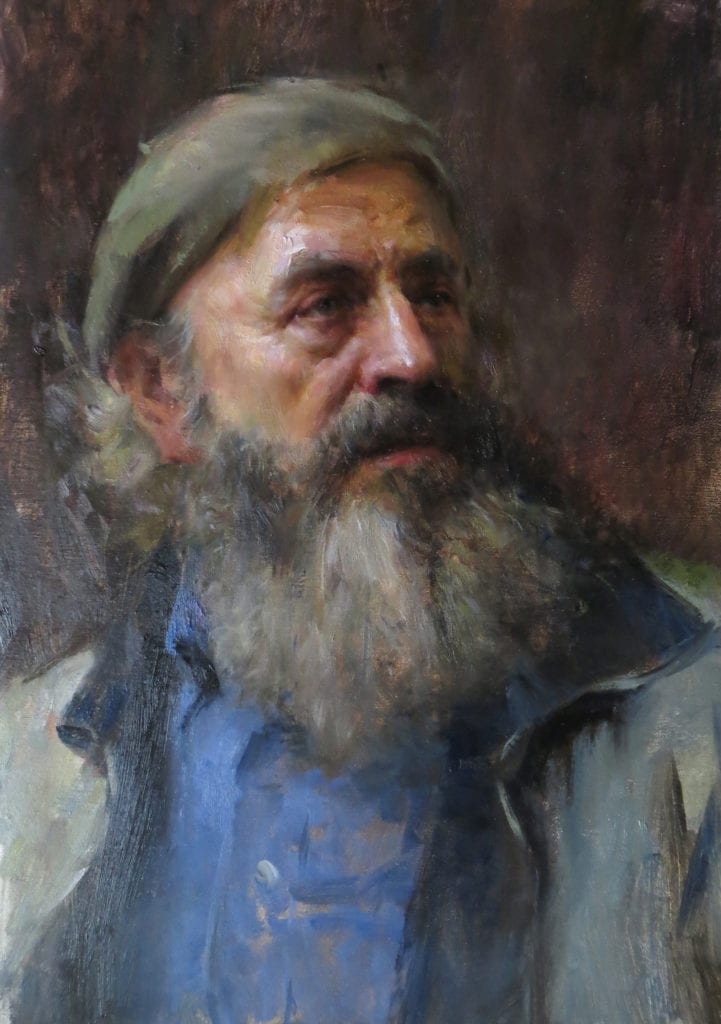In my humble opinion, OPA’s annual National Show is simply the best exhibition of art in the world. How’s that for a superlative! OK, perhaps it is matched by other shows, but never bettered. Spectacular work depicting anything and everything on the planet, with styles ranging from super realistic to impressionistic, based on the unique ability of oil paint to express the artist’s vision. Top of the food chain!
As we all know, these consistently great shows involve a tremendous amount of work – from the OPA Board and staff and from the host site. In this article to you, the members, I would like to focus on the most mundane task of them all, that of unpacking your art. I had the opportunity to be on last year’s unpacking team since I am an OPA member, I live in Fredericksburg, Texas, and I was represented by the host gallery, RS Hanna Gallery. Would not have said no, even if I could. As one who has shipped my fair share of paintings over the years, being on the receiving end was an eye-opening experience. So, here are my observations and recommendations.
Containers – boxes – designed for the shipment of art are by far the best. Air Float Systems and Masterpak (both sponsors of OPA) provide strong, reusable boxes in an amazing range of sizes. The painting fits snuggly between corrugated foam layers. No art was damaged that was shipped in these type of boxes. Both packing and unpacking are easiest and fastest with these well-designed containers. They are worth the price considering the value of art they protect.
There is no need to further wrap your painting when using these boxes. In fact, please don’t because it significantly slows down the unpacking process, and time matters when you are faced with 250 boxes. Just put the painting in the box. If you cannot bring yourself to do that, then slip the painting into a trash bag, but do not tape it! The corrugated (egg carton) side of the foam goes toward the painting. Also, do not put the box back inside the box in which you received it. You don’t need the extra protection (and weight) and the “double box” will cause “double grief”!
Yes, these boxes cost more than the meager $25 fee assessed if you don’t use them. Unfortunate. Our team voted, unanimously, to increase that fee to an amount greater than the average box cost. We have no authority to enforce this, but you get the drift. And, by the way, we opened many an ordinary box without finding a check.
Most of us – and this included me! – are guilty of over-taping. We tape over all seams. It is as if we are trying to waterproof our box. Stop it! If you notice, markings on the preferred box show that only two “cross” pieces of tape are needed to secure the lid. This will keep it closed during transit and allow quick opening at its destination.
My final point concerns a framing issue. Most folks used what are called “offset clips” to hold the painting in the frame. This is the way to do it! The clips are available in several sizes, in boxes of 100 (from Jerry’s Artarama) or in packages of a few (from Blick). By the way, if you do not have a clip large enough for heavy duty stretchers, you can extend the height with washers. This requires a longer screw, so be very careful it is of the right length so it doesn’t poke through the other side of the frame.
A handful of paintings on panels used “brad shooters” to hold them in the frames. Almost all of them partially, or completely, came out of the frame – yikes! The larger the panel, the greater the problem. Honestly, I would have thought this was ok but something is happening during shipping to cause the painting to “jump over” the brads. Thankfully, paintings did not appear to be damaged. The solution: offset clips.
In closing, please take my comments as simply feedback to whom it may concern, not a complaint session (even though it may sound like it). It was a joy to unpack your paintings! One delight after another. And finally, keep in mind that you represent yourself and OPA to the host gallery. Their opinion of you should be consistent with the quality of your work, which includes your care in shipping, framing, and following the rules.
